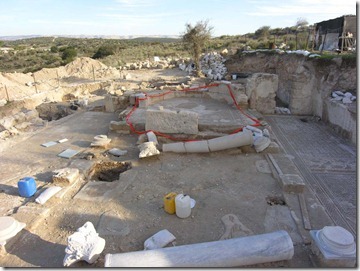Zahi Hawass, Secretary General of the Supreme Council of Antiquities, has posted an update of the looters in the Cairo Museum and elsewhere in Egypt. He writes:
What is really beautiful is that not all Egyptians were involved in the looting of the museum. A very small number of people tried to break, steal and rob. Sadly, one criminal voice is louder than one hundred voices of peace. The Egyptian people are calling for freedom, not destruction. When I left the museum on Saturday, I was met outside by many Egyptians, who asked if the museum was safe and what they could do to help. The people were happy to see an Egyptian official leave his home and come to Tahrir Square without fear; they loved that I came to the museum. The curfew started again on Saturday afternoon at 4.00pm, and I was receiving messages all night from my inspectors at Saqqara, Dahsur, and Mit Rahina. The magazines and stores of Abusir were opened, and I could not find anyone to protect the antiquities at the site. At this time I still do not know what has happened at Saqqara, but I expect to hear from the inspectors there soon. East of Qantara in the Sinai, we have a large store containing antiquities from the Port Said Museum. Sadly, a large group, armed with guns and a truck, entered the store, opened the boxes in the magazine and took the precious objects. Other groups attempted to enter the Coptic Museum, Royal Jewellery Museum, National Museum of Alexandria, and El Manial Museum. Luckily, the foresighted employees of the Royal Jewellery Museum moved all of the objects into the basement, and sealed it before leaving.
His full update, sent by fax to Europe since the Egypt’s internet services have been shut down, is posted here. More frequent updates can be found at the twitter account of Margaret Maitland.




